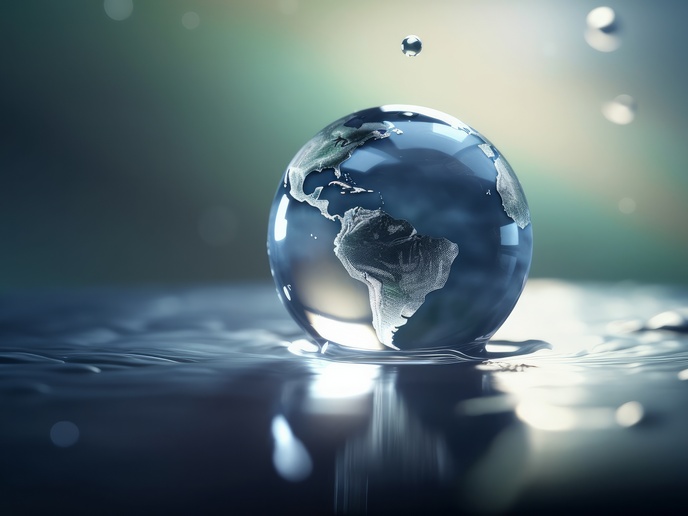Better fish feed for seabass
In aquaculture the cost of fish feed can account for up to 60 % of total production costs. Therefore, unsuitable feed and/or inappropriate feeding management can have serious impact on farmers' profits. The EU-funded 'Improvement of feeds and feeding efficiency for seabass in cage farms in the Mediterranean' (EFISHENT)(opens in new window) project addressed the fish feed and feeding issue. The consortium investigated the optimum dietary protein and energy levels for European seabass in order to develop an effective feed formulation and optimal feeding strategies. Project partners studied the main factors influencing the development of seabass. These include fish size, diet composition, feeding level and frequency, water temperature and oxygen levels. The aim was to develop cost-efficient formulations that target the specific seasonal and developmental needs of the fish. Advances in this area will help improve production feed conversion ratios (FCRs), resulting in a significant economic benefit for European aquaculture. Studies were based on best practices in feeding regimes and conducted throughout the production cycle to reduce FCR values and thus feeding costs. Nutritional and technical improvements will help increase fish growth, reduce labour costs and minimise the environmental impact of fish farming. EFISHENT outcomes are expected to help reduce FCRs by at least 10 %, thereby saving fish farms at least 10 % in feed and labour costs, resulting in greater profitability. Reduced feed use will also help to minimise environmental impact due to less sediment from uneaten feed accumulating under the fish cages. Furthermore, the new feed is expected to reduce fish faecal nutrient losses (in the form of phosphorus and nitrogen) to the surrounding sea by about 25 %. Therefore, the improved feed formulation will help increase profit margins while decreasing environmental impacts.







